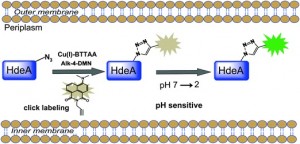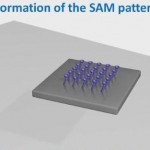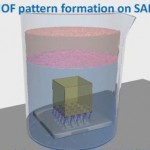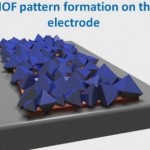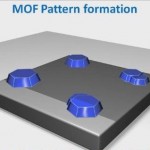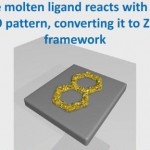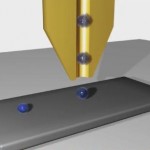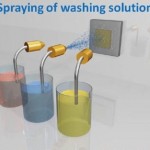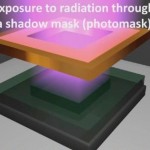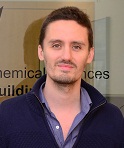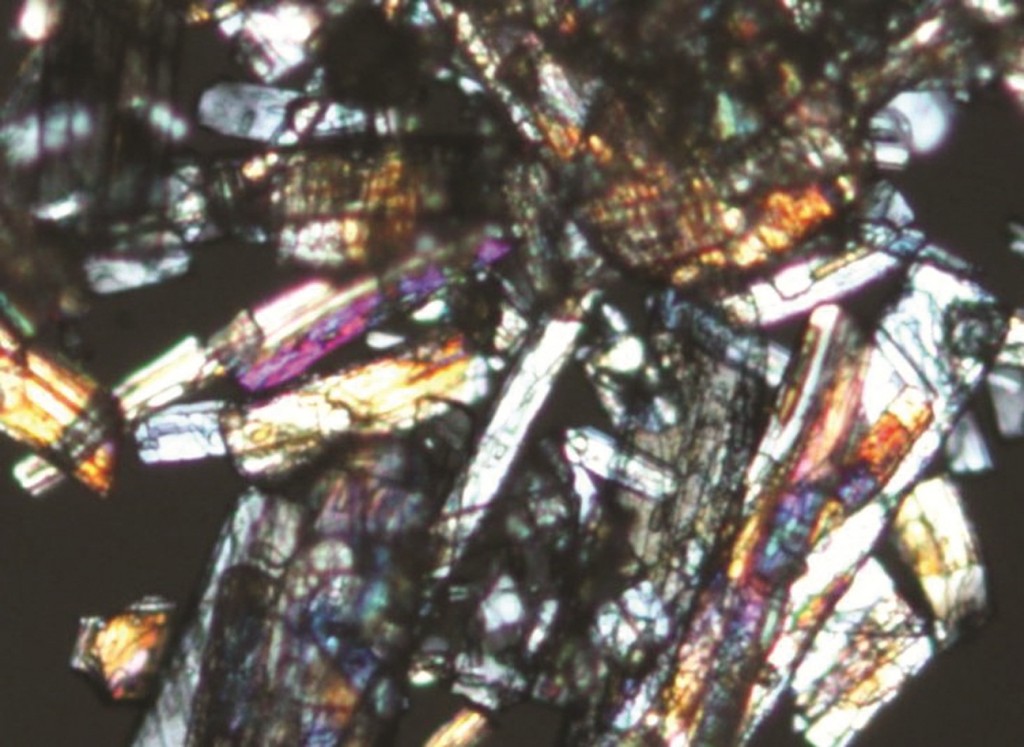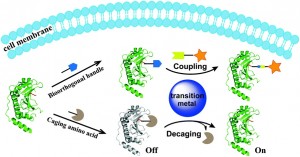 This review article by Chen et al., based at Peking University in Beijing, encompasses a wide range of recent work on bioorthogonal protein chemistry mediated by transition metals in living cells.
This review article by Chen et al., based at Peking University in Beijing, encompasses a wide range of recent work on bioorthogonal protein chemistry mediated by transition metals in living cells.Author Archive
Developments in bioorthogonal protein chemistry
 This review article by Chen et al., based at Peking University in Beijing, encompasses a wide range of recent work on bioorthogonal protein chemistry mediated by transition metals in living cells.
This review article by Chen et al., based at Peking University in Beijing, encompasses a wide range of recent work on bioorthogonal protein chemistry mediated by transition metals in living cells.Applied Computational Chemistry Themed Issue
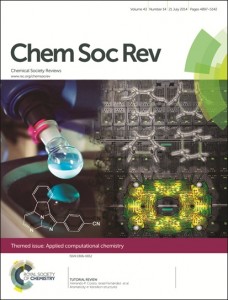 We are delighted to introduce Issue 14 as a themed issue on Applied Computational Chemistry, published in honour of the 2013 Nobel Prize for Chemistry, which was awarded to Martin Karplus, Michael Levitt and Arieh Warshel for the development of multiscale models for complex chemical systems.
We are delighted to introduce Issue 14 as a themed issue on Applied Computational Chemistry, published in honour of the 2013 Nobel Prize for Chemistry, which was awarded to Martin Karplus, Michael Levitt and Arieh Warshel for the development of multiscale models for complex chemical systems.
The issue’s foreword is written by Kendall N. Houk and guest editors Israel Fernández and Fernando P. Cossío who introduce the themed issue in their editorial.
Over the last decades, computations chemistry had become a powerful tool in Chemistry, so we hope you enjoy reading the issue. For the full collection, click on the link below:
Applied Computational Chemistry
Chemical Society Reviews
Issue 14
Page 4897 to 5142
Supramolecular Photochemistry Themed Issue
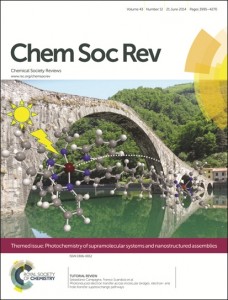 Chemical Society Reviews is delighted to present a themed issue on supramolecular photochemistry, dedicated to Professor Nick Turro, who sadly passed away in 2012. To celebrate Turro’s enormous contribution to photochemical sciences, guest editor Alberto Credi has gathered together the most prominent, recent advances in photochemistry at its frontiers with supramolecular chemistry, materials science, and biochemistry.
Chemical Society Reviews is delighted to present a themed issue on supramolecular photochemistry, dedicated to Professor Nick Turro, who sadly passed away in 2012. To celebrate Turro’s enormous contribution to photochemical sciences, guest editor Alberto Credi has gathered together the most prominent, recent advances in photochemistry at its frontiers with supramolecular chemistry, materials science, and biochemistry.
To read the full collection, click on the link below:
Chemical Society Reviews, Issue 12, Supramolecular Photochemistry
Guest Editor: Alberto Credi
We hope you enjoy reading this collection as much as we did!
Douglas Stephen is awarded Chemical Institute of Canada Medal
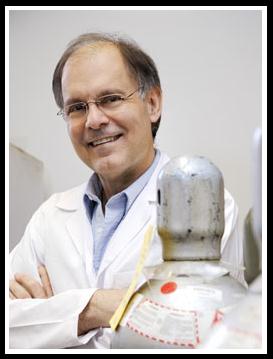 Congratulations to our Associate Editor Douglas Stephan who is the 2014 winner of the Chemical Institute of Canada Medal – the CIC’s top award!
Congratulations to our Associate Editor Douglas Stephan who is the 2014 winner of the Chemical Institute of Canada Medal – the CIC’s top award!
Doug was awarded this medal for his outstanding contribution to the science of chemistry in Canada. Professor at the University of Toronto and author of over 350 articles and 75 patents, Doug’s research exploits fundamental studies to target innovative new technologies for the efficient production of desirable chemical products.
This year Doug won the Applied Catalysis Award, joining the group of 2014 RSC Award Winners.
Click on the links below to view some of Doug’s latest papers:
Phosphine catalyzed reduction of CO2 with boranes
Positioning Metal Organic Frameworks
Metal organic frameworks (MOFs) are remarkable materials which have great potential for different applications where an accessible surface area is a critical feature. However, the ability to control the position of MOFs is also crucial for their use in many devices. Paolo Falcaro et al from the CSIRO, Australia present a review on the current technologies that enable precise positioning of MOFs onto different platforms.
To access the full review for free* click the link below:
MOF positioning technology and device fabrication
Paolo Falcaro, Raffaele Ricco, Cara M. Doherty, Kang Liang, Anita J. Hill and Mark J. Styles
DOI: 10.1039/C4CS00089G
Similar reviews can be found in our metal organic frameworks themed collection.
*Access is free until 20th June through a registered RSC account – click here to register
Not only does this review demonstrate examples of devices in which the control of MOF position and functionalization will play a major technological role, but the authors have also provided video material clearly demonstrating the various techniques. The growth of MOFs can be controlled on different substrate with the intention of providing protocols suitable for MOF-based device fabrication. Watch the video’s for demonstrations of each technique. The full collection of videos can be viewed on our related content page.
Chem Soc Rev Chair wins the Supramolecular Chemistry Award
Philip Gale, chair of the Chem Soc Rev Editorial Board, has won the 2014 Supramolecular Chemistry Award for his outstanding body of work on small organic molecules containing hydrogen bond donor arrays for selective guest complexation, and the design and study of minimalist anion transporters.
 Phil was delighted to receive this award from the Royal Society of Chemistry. “My group is working to find new ways of treating cancer and cystic fibrosis using anion transporters and I am delighted that the hard work and dedication of my students and post-docs has been recognised in this way,” he says.
Phil was delighted to receive this award from the Royal Society of Chemistry. “My group is working to find new ways of treating cancer and cystic fibrosis using anion transporters and I am delighted that the hard work and dedication of my students and post-docs has been recognised in this way,” he says.
We would like to congratulate Phil on this achievement and take this opportunity to thank him for his excellent contributions towards the Royal Society of Chemistry’s flagship reviews journal, Chem Soc Rev which continues to publish high-impact, succinct and reader-friendly articles at the forefront of the chemical sciences.
Phil’s research paper, published in Chemical Science earlier this year , describes a new design principle for transmembrane anion carrier and is free* to access, so click the link below to download it in full.
Lipophilic balance – a new design principle for transmembrane anion carriers
Hennie Valkenier, Cally J. E. Haynes, Julie Herniman, Philip A. Gale and Anthony P. Davis
DOI: 10.1039/C3SC52962B
Phil has published several papers in RSC Journals this year including his most recent communication in Chem Comm on the tripodal molecules for the promotion of phosphoester hydrolysis. Many of his papers are free to download as they have been published via open access, you can visit his author archive to view the full collection.
All articles in the dedicated themed collection of papers celebrating the 2014 RSC Prize and Award winners are free* to access until 6th June.
*Access is free through a registered RSC account – click here to register
Nanoplasmonics
Our current Chem Soc Rev issue is a themed issue on nanoplasmonics, guest edited by Luis Liz-Marzan, Catherine Murphy and Jianfang Wang.
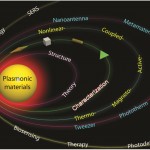 Nanoplasmonics concerns light-matter interactions with nanoscale materials. Advances in fabrication, computation, and applications ranging from biomedicine to energy have burgeoned in the last 5 years. This themed issue gathers together a variety of reviews and tutorial reviews covering all chemical aspects of the field, from synthesis and fabrication to plasmon-enhanced effects in physical and biological systems.
Nanoplasmonics concerns light-matter interactions with nanoscale materials. Advances in fabrication, computation, and applications ranging from biomedicine to energy have burgeoned in the last 5 years. This themed issue gathers together a variety of reviews and tutorial reviews covering all chemical aspects of the field, from synthesis and fabrication to plasmon-enhanced effects in physical and biological systems.
To read the full editorial for free, click the link below:
Nanoplasmonics
Luis M. Liz-Marzán, Catherine J. Murphy and Jianfang Wang
DOI: 10.1039/C4CS90026J
If you are interested in Nanoplasmonics, why not register for the Faraday Discussion in London, February 2015.
This meeting aims to highlight the most recent breakthroughs in the multidisciplinary field of nanoplasmonics. The following themes will be covered:
- Plasmonic nanoparticles and metamaterials with designed optical properties
- Surface plasmon enhanced spectroscopies
- Quantum plasmonics, gain and spasers
- Biosensing and biomedical applications of plasmonics
Faraday Discussions have a special format where research papers written by the speakers are distributed to all participants before the meeting, and most of the meeting is devoted to discussing the papers. Click the link to find out more about the Nanoplasmonics Faraday Discussion.
The oral abstract deadline is Monday 19th May 2014 – so don’t delay submit your oral abstract today! You can view details of the other submission deadlines on the Abstract Submission homepage.
Stephen Goldup and Douglas Stephan win 2014 RSC Awards
Hickinbottom Award
Chem Soc Rev Advisory Board member Stephen Goldup has won the Hickinbottom Award for pioneering work on rotaxane synthesis and the formation of mechanically bonded systems.
Stephen’s latest article is part of the ‘Celebrating the 2014 RCS Prize and Award Winners’ themed collection and is free* to access for a limited time only.
Chemical consequences of mechanical bonding in catenanes and rotaxanes: isomerism, modification, catalysis and molecular machines for synthesis
Edward A. Neal and Stephen M. Goldup
Chem. Commun., 2014,50, 5128-5142
DOI: 10.1039/C3CC47842D
Applied Catalysis Award
Chem Soc Rev Associate Editor Douglas Stephan has won the Applied Catalysis Award for the development of new commercially viable, transition-metal based and metal-free catalyst technologies for polymerization, hydrogenation and metathesis.
To celebrate Douglas’ achievement, his latest publication is free* to access for a limited time only.
Frustrated Lewis pair chemistry of carbon, nitrogen and sulfur oxides
Douglas W. Stephan and Gerhard Erker
Chem. Sci., 2014, Advance Article
DOI: 10.1039/C4SC00395K
You can access papers by other 2014 RSC Prize and Award Winners for free* for a limited time. A full list of winners and more information about RSC Prizes and Awards can be found at: www.rsc.org/awards.
*Access is free until 06.06.14 through a registered RSC account – click here to register
Progress in Allene Chemistry – Themed Issue
During the last three decades the chemistry of allenes has fascinated scientists world-wide. Guest editors, Benito Alcaide and Pedro Almendros, have gathered together a collection of papers highlighting the importance of allene chemistry. There is a diverse range of around 150 natural products containing an allenic or cumulenic structure; many of them showing interesting and promising therapeutic activities.
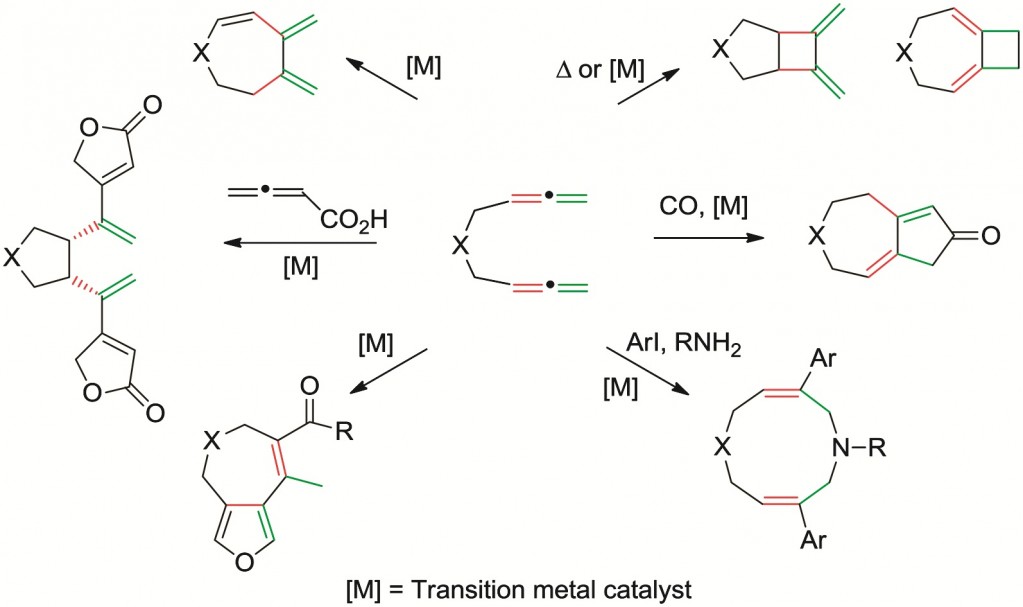
From tutorial reviews demonstrating the use of allenes as building blocks, the cycloadditions of allenes and an insight into the gold chemistry of allenes to review articles on the cyclization, synthesis and conversion of allenes, this collection acts as a reference for scientists in the area. The combination of these tutorial reviews and review articles illustrate the versatility of the cumulated diene system of allenes. This themed issue provides a multidisciplinary view of the chameleonic allene moiety – from synthesis, structure, and reactivity to properties of allenes. Click here to access the full collection of paper.
To view the full editorial for free* click the link below.
Progress in allene chemistry
Benito Alcaide and Pedro Almendros
DOI: 10.1039/C4CS90020K
*Access is free through a registered RSC account – click here to register
Nucleation & Crystallography Themed Issue
This year is the international year of crystallography so guest editors David Amabilino and Xavier Obradors from the Institute of Material Science of Barcelona, introduce the ‘Nucleation and Crystallisation’ themed issue of Chemical Society Reviews.
It is over a hundred years since the thermodynamic principles of nucleation were established. The formation of crystals can be spectacular, but the mechanisms of their nucleation and growth are not fully understood. Control over crystallisation can be achieved, but there are still a number of outstanding fundamental questions that remain unanswered.
With different backgrounds, yet a common passion for nucleation and crystallisation, our guest editors put together a collection of view-points of crystallisation from across different areas of chemistry. From crystal crops in Mexico to pulsed lasers and crystallisation techniques involving light, this stimulating collection fuses together the great advances made over the years in the different disciplines of chemistry.
The Nucleation and Crystallisation themed issue is now available online. To access the full editorial for free, click the link below:
Nucleation & crystallisation
David B. Amabilino and Xavier Obradors
DOI: 10.1039/C4CS90015D
If this fascinating area of chemistry inspires you, why not attend the upcoming discussion in Leeds?
Nucleation – A Transition State to the Directed Assembly of Materials
Faraday Discussion
30 March – 1 April 2015, Leeds MET, UK
http://rsc.li/nucleation-fd2015


